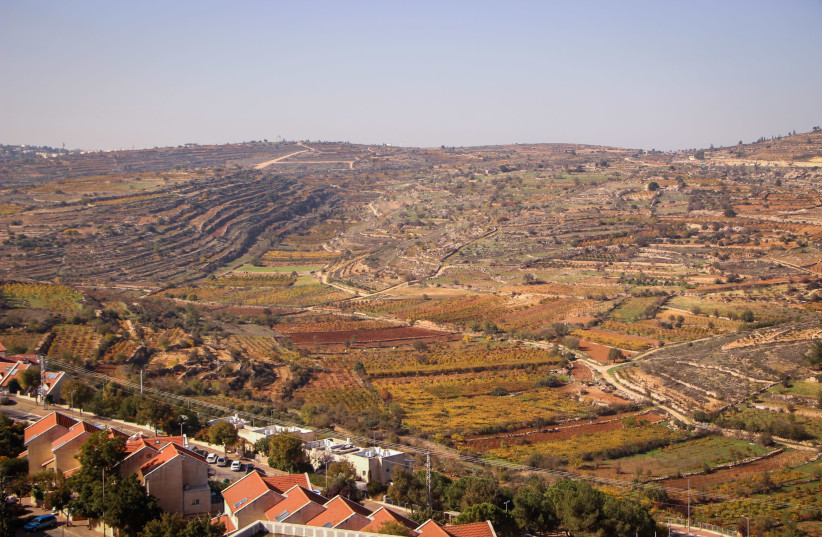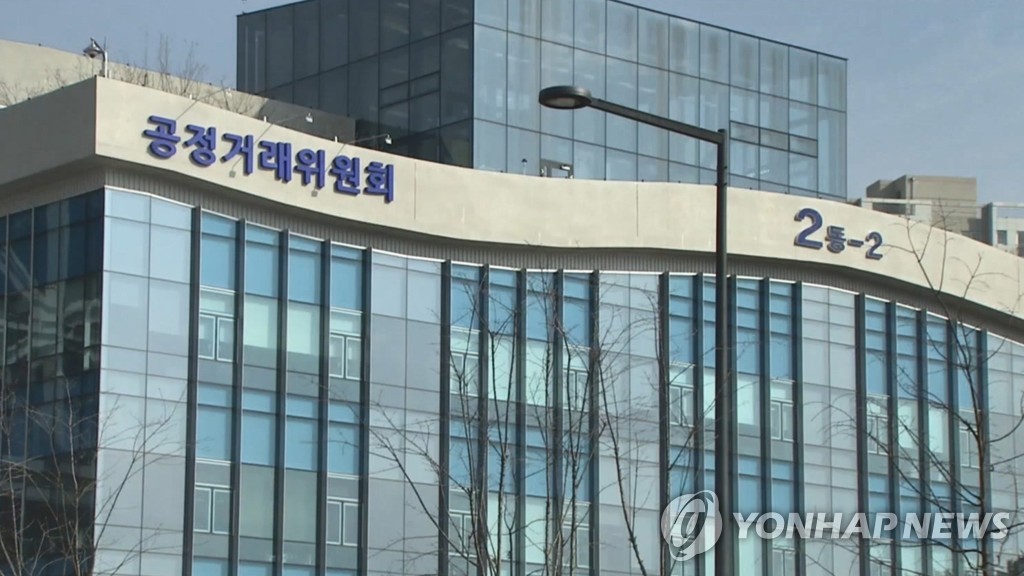The Great Resignation gives way to the Dee Snider workforce
“We've got the right to choose it
There ain't no way we'll lose it
This is our life, this is our song”
—“We’re Not Gonna Take It,” Twisted Sister
What to make of the labor market, where unfilled jobs are near a record high, unemployment claims hit yet another pandemic-era low — but workers appear to be in a particularly foul mood and, as Dee Snider famously bellowed, are simply not gonna take anymore?
With her comprehensive dispatch on the state of an unhappy labor force — where strikes and support for organized labor are on the rise — Yahoo Finance’s Dani Romero hit the nail on the head. It highlights how The Great Resignation is clearly stressing out the workers left behind:
“From health care to entertainment, nearly 100,000 U.S. workers are either striking or preparing to strike in a bid to improve working conditions,” Romero wrote. “New data signals that worker unrest is growing: a Cornell Labor Action Tracker shows that more than 180 strikes have been recorded this year, and over 24,000 workers have walked off the job this month.”
Over at TKer, former Morning Brief scribe Sam Ro (in his newly inaugurated Substack blog) also breaks it down succinctly: “People are quitting low-paying jobs for higher-paying jobs. People are quitting great jobs for even better jobs. People are quitting to become their own boss. People are quitting because they don’t actually need the income.”
To summarize, workers are not only quitting at historically high rates, they’re being increasingly choosy about picking their next jobs. The tight labor market is creating a self-reinforcing loop: Demand is strong, and prices are rising everywhere, but so are wages, as desperate employers trip over themselves to hike pay in a bid to retain and attract talent.
Added to the mix are several other components conspiring to make long-term trends “more inflationary,” Deutsche Bank chief economist Jim Reid wrote this week. These include less support for globalization (which has kept pay low), the shift away from fossil fuels, and — wait for it — “declines in the working-age population causing labor shortages.”
All of these factors are heaping more pressure on an economy and workforce that are clearly in transition. Companies are paying more, which has the ancillary effect of boosting demand and price pressures: Both BlackRock (BLK) and Goldman Sachs (GS) recently warned about rising wage costs.
Still, it’s simply not sufficient to placate anxious workers in virtually every industry.
The Morning Brief has previously covered the double-edged sword of rising pay, which is giving workers unparalleled bargaining power. However, it puts upward pressure on inflation, which threatens to “ravage” the economy, as former President Donald Trump told Yahoo Finance a couple of weeks ago.
So where does that leave employers? Struggling to fill open jobs while also bending over backwards to keep their current staff happy. And by all indications, the dynamic is less than healthy.
“Corporations aren’t as culturally fluent as they need to be,” The Britto Agency's Marvet Britto told Yahoo Finance Live on Thursday, speaking about Dave Chappelle’s Netflix backlash. Engaging stakeholders “must happen... in order to navigate the landmines and trip hazards that organizations will continue to face,” she added.
The situation at Netflix — buffeted by bad press in the wake of the Chappelle flare-up — is a bit of its own animal.
Although the stock set a new record high on Thursday (I covered some of the reasons why earlier this week), the streaming giant’s conundrum shows how big companies are being forced to navigate a fraught workplace defined by employee activism, picky hires-in-waiting, and more demanding customers. That only feeds the impression of unhappy workers and out-of-touch employers.
Friday, October 22, 2021
By Javier E. David, editor at Yahoo Finance. Follow him at @Teflongeek





